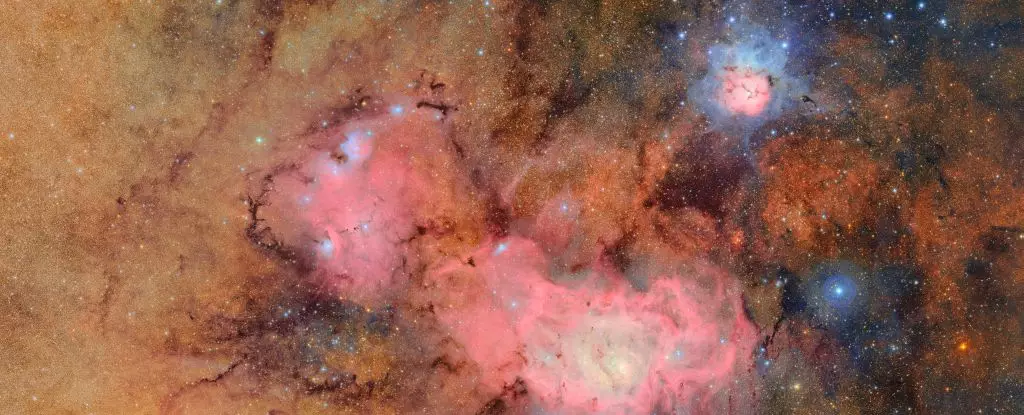The impending release of images from the Vera C. Rubin Observatory heralds a groundbreaking era in our understanding of the cosmos. After years of anticipation, the initial teaser images reveal a tantalizing preview of the extraordinary capabilities of this ambitious facility. In just a mere ten hours, the observatory has captured millions of galaxies and a vast array of asteroids, introducing us to datasets that will redefine astronomical research. This announcement is not merely a technical achievement; it represents a seismic shift in how we perceive the universe, marking the dawn of a data-rich era that promises to unveil mysteries previously thought beyond human reach.
The Legacy Survey of Space and Time
At the heart of this monumental effort is the Legacy Survey of Space and Time (LSST). This decade-long endeavor aims to systematically survey the southern sky in near-ultraviolet, optical, and near-infrared spectra. By capturing images of the entire night sky every few days, astronomers will effectively create a meticulous time-lapse of the cosmos. Such an extensive survey allows for the detection of transient phenomena, tracking asteroids, monitoring variable stars, and gaining insights into the elusive dark matter that makes up much of our universe. The LSST is not only ambitious in scope but revolutionary in execution, challenging established paradigms and urging scientists to think about the universe in ways that they never have before.
Technological Marvels and Capabilities
What sets the Rubin Observatory apart is its awe-inspiring 3,200-megapixel camera—the largest in existence. This extraordinary camera enables astronomers to record each section of the sky approximately 800 times during the survey, creating a comprehensive archive of celestial phenomena. One of the initial images showcases the splendid Trifid and Lagoon nebulas, which serve not only as visual spectacles but also as crucial laboratories for understanding stellar formation. These cosmic regions, teeming with nascent stars a few thousand light-years from our Solar System, are more than mere ornaments; they are vital to unlocking secrets about the life cycle of stars.
A transformational Moment for Science
The images set to be revealed on 23 June 2025, during an eagerly awaited event hosted by the US National Science Foundation and Department of Energy, promise to be nothing short of revolutionary. The excitement surrounding this project is palpable, and experts like Brian Stone, acting director of the NSF, assert that the Rubin Observatory will collect more information about our universe than all preceding optical telescopes combined. This statement encapsulates the scientific community’s optimism and underscores the transformative power of cutting-edge technology in expanding our knowledge.
The Rubin Observatory is not just constructing a telescope; it is building a bridge to the future of astronomical inquiry. As we stand on the brink of this new chapter, the potential for discoveries is overwhelmingly exhilarating, inviting both scientists and the public to participate in a universal quest for understanding. The horizon glimmers with promise, as each new image will pave the way for further exploration and understanding of the cosmos that surrounds us.


Leave a Reply